A Beginner's Guide to Cosmos
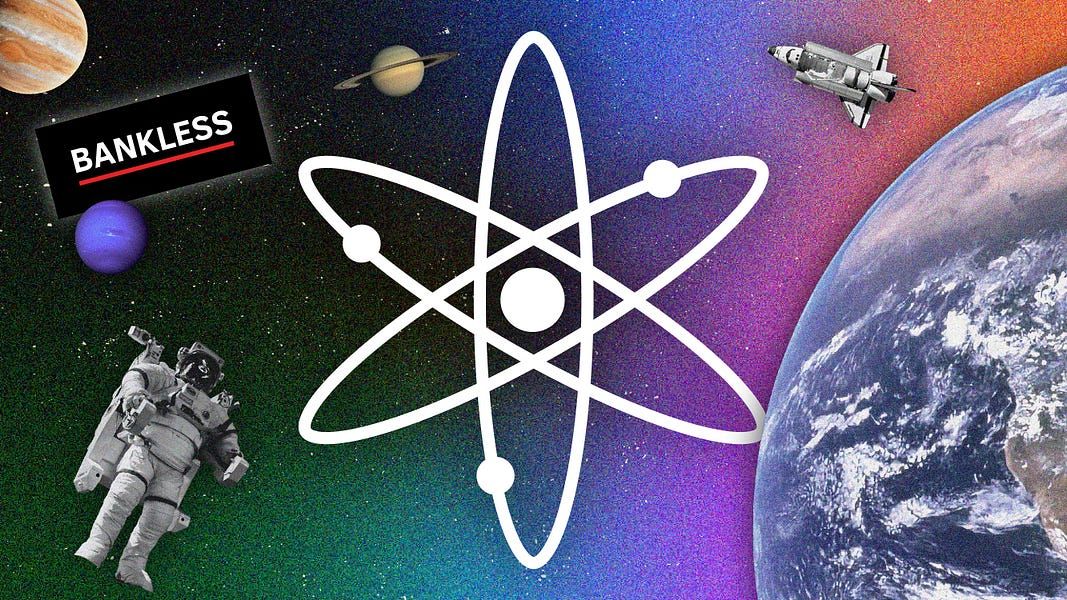
Dear Bankless Nation,
I’m a huge advocate of Ethereum and Bitcoin…but no, I’m not an Ethereum maxi.
This might surprise people but I actually ran one of the first validators on the initial Cosmos testnets.
I’ll tell you the story sometime on why I stopped, but suffice it to say I was an early supporter of the Cosmos ecosystem. Cosmos was one of the few non-Ethereum chains in 2018 that had a strong ethos, solid builders, and a real community.
Though I believe Modular Chains like Ethereum that maximize decentralization and are backed by strong monetary assets will capture the bulk of bankless activity over the long-run, I also think there’s a role to play for networks of sidechains and interlinked but independent appchains.
This week we’re diving into one of those appchain networks.
It’s Cosmos week on Bankless.
Today, William gives us an overview of the Cosmos ecosystem and how to get started.
On Thursday, Ben will take a look at the hottest projects on Cosmos.
Let’s dive into the Cosmos.
- RSA
The Cosmos network isn’t a blockchain per se, though it’s a technology capable of powering many blockchains.
The first and most popular of these chains is Cosmos Hub, which now has dozens of projects building on and around it. This Bankless tactic will demonstrate how beginners can get started with the Cosmos ecosystem today.
- Goal: Learn how to start exploring Cosmos
- Skill: Beginner
- Effort: 20 minutes
- ROI: Up to +14% APR via ATOM staking
The Hitchhiker’s Guide to the Cosmos

Cosmos is an internet of blockchains.
Cosmos is not a singular chain like Ethereum mainnet, nor is it like other popular alternative “layer 1” (L1) blockchains like Binance or Solana.
Instead, Cosmos functions as a decentralized network of interoperable and independent blockchains. The project uses the Inter-Blockchain Communication Protocol (IBC) to allow these blockchains to readily pass tokens and data among each other.
The Layer 0 model
The Ethereum L1 is a distinct blockchain that services its own security, transaction execution, and data availability needs. Accordingly, decentralized app (dapp) efforts like DeFi and NFT projects build and run directly on this L1 infrastructure, which is also an increasingly popular foundation for external “layer two” (L2) scaling solutions that make Ethereum-based transactions very inexpensive and rapid.
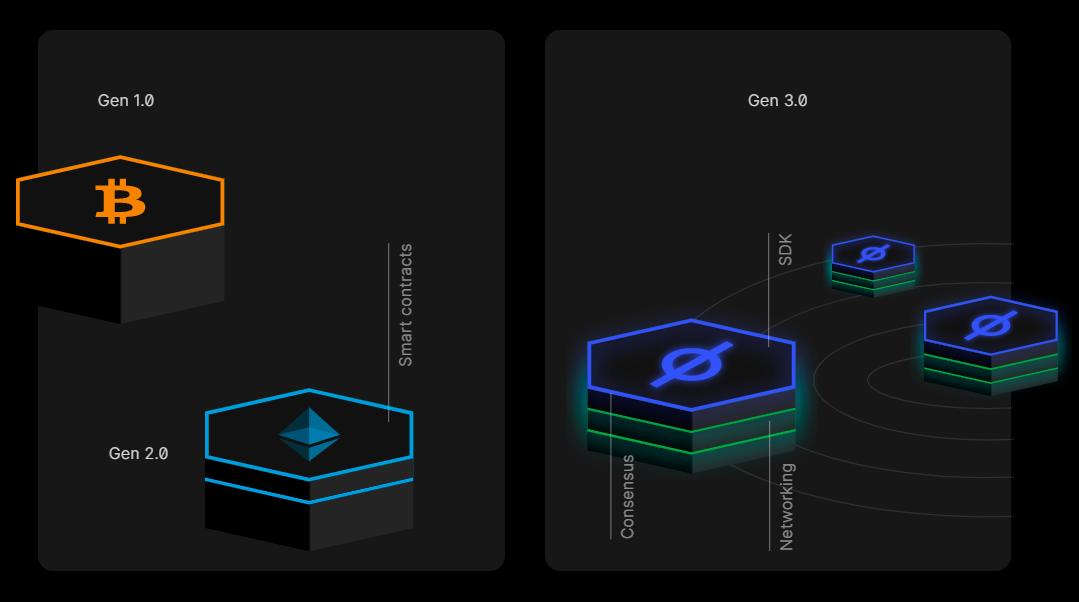
In contrast, the Cosmos network employs a “layer zero” (L0) model.
The project is a framework for building custom-tailored independent blockchains that are interoperable with all other Cosmos-powered blockchains. Dapps don’t directly deploy onto Cosmos as they would on an L1 per se, rather they deploy as “appchains” — i.e. application-specific blockchains — or onto blockchains that have been deployed via the Cosmos framework.
These chains are underpinned by the Tendermint Core consensus engine.
The Cosmos Hub explained
The first blockchain deployed on the Cosmos network is the Cosmos Hub.
The “Hub” name derives from the fact that Cosmos powers two fundamental kinds of blockchains, Hubs and Zones. In Ethereum terms, a Hub is roughly analogous to a beacon chain, while a Zone is roughly analogous to a shard chain. Simply put, Hubs function to interconnect Zones.
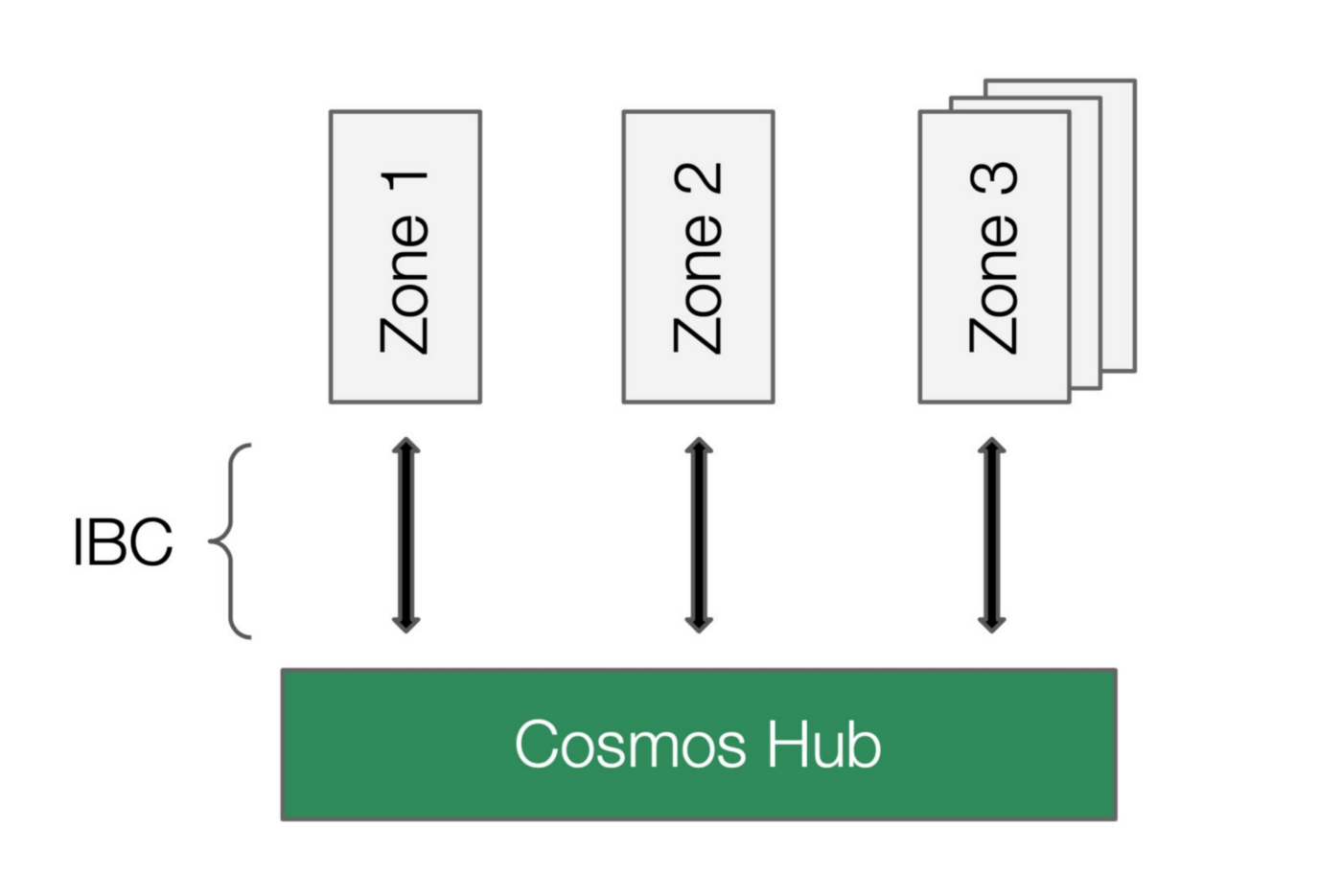
As such, Cosmos Hub is not only the first blockchain on the Cosmos network, but it’s also the project’s first and foundational Hub, technically speaking.
Zooming in further, Cosmos Hub is a proof-of-stake (PoS) blockchain secured and governed by ATOM token holders. So while the Cosmos network is best understood as an L0, Cosmos Hub is more directly comparable to, and usable as, L1 infrastructure.
Getting started with Cosmos Hub
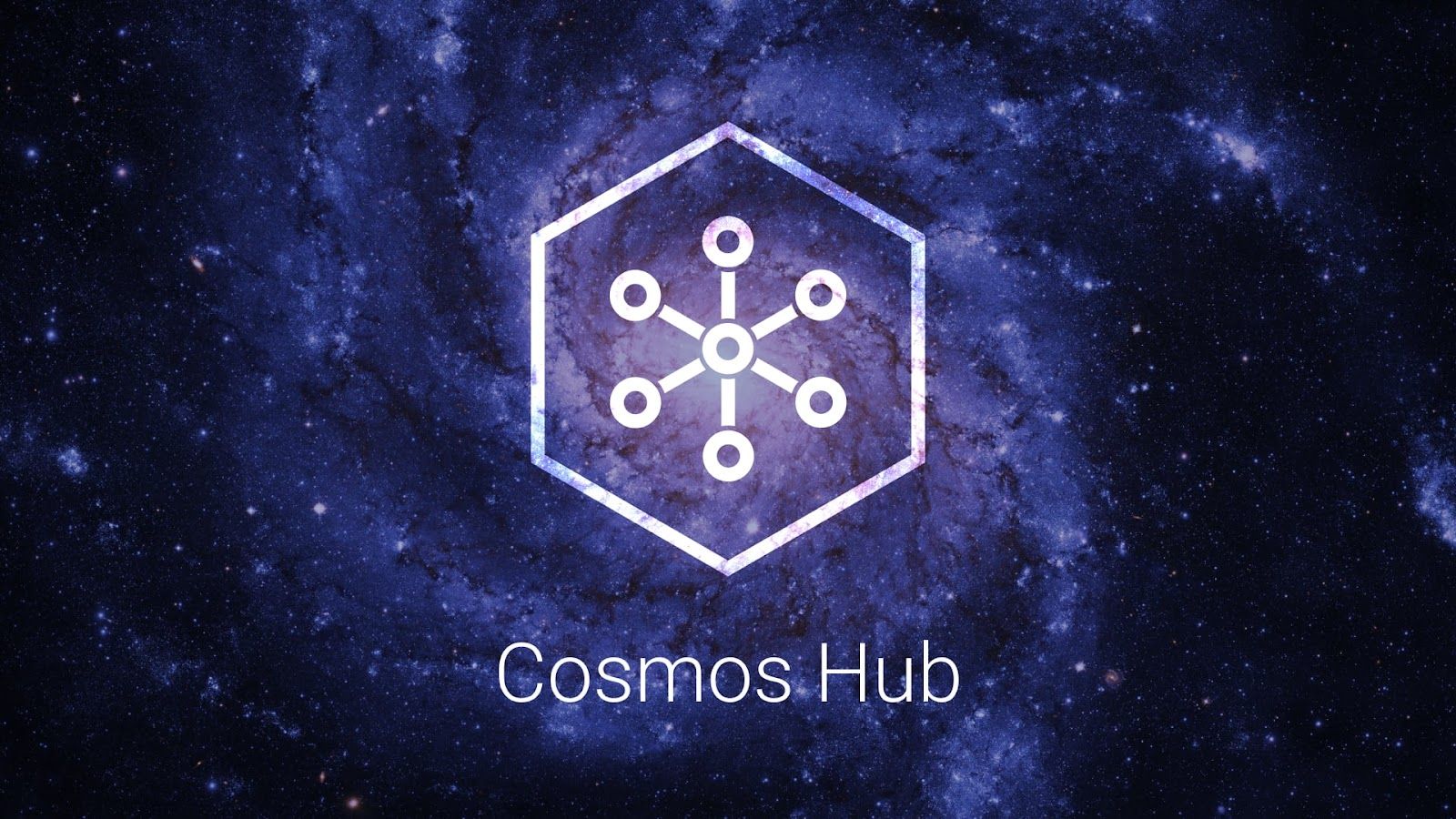
Your first Cosmos wallet
ETH is to Ethereum as ATOM is to Cosmos Hub, so to do anything on the latter blockchain means you’ll need to have some ATOM in a Cosmos Hub-compatible crypto wallet.
Note that Cosmos Hub isn’t compatible with the Ethereum Virtual Machine (EVM) like many other alt-L1s are, so creating a Cosmos Hub wallet isn’t as simple as, say, adding a new network to your MetaMask.
Some popular bespoke or compatible Cosmos wallet options available today include:
- Atomic Wallet (desktop)
- Cosmostation (mobile)
- Crypto.com (mobile)
- Keplr (browser)
- Ledger (hardware)
Using Emeris as base command

Created by the same team that created Cosmos itself, Emeris is a streamlined portal for readily bridging, swapping, and providing liquidity around Cosmos ecosystem blockchains.
The platform’s beta is currently available to use, so expect more features (DEX aggregation, LP token staking, airdrop analytics, etc.) and more polish over time. For anyone interested in trying the dashboard out today, the onboarding flow works like so:
- Download the Keplr wallet extension (linked in previous section)
- Use Keplr to create a new Cosmos Hub account (set up account name, password, mnenomic seed, etc.)
- Go to app.emeris.com/welcome
- Press “Connect Keplr” and agree to the beta’s Terms of Service
- Press “Approve” on the “Requestion Connection” pop-up
- Voila! You’re in. You can now use Emeris to buy ATOM (via Simplex), receive and send Cosmos ecosystem assets, trade (powered by Gravity DEX), provide liquidity, and later more.
Staking ATOM
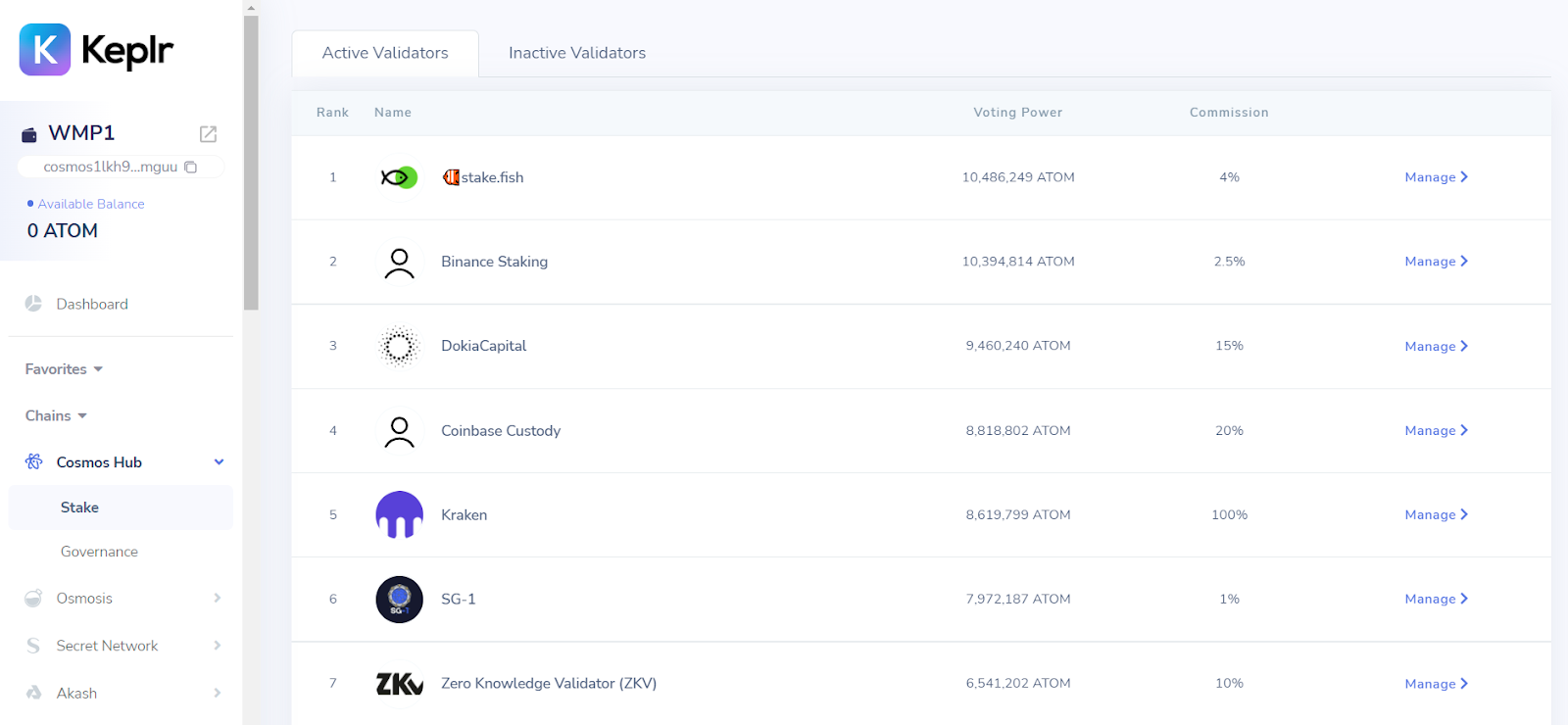
You can stake your ATOM to help secure Cosmos Hub and earn inflationary ATOM rewards. At the time of writing, the APR for ATOM staking was +15%, though if you adjust that rate for ATOM’s inflation you get a real return closer to 4%.
For example, the aforementioned Keplr wallet makes the staking process straightforward, you could simply:
- Go to wallet.keplr.app/#/cosmoshub/stake
- Review the available validators (the commission % is how much a validator keeps from ATOM rewards)
- Click “Manage” and then “Delegate”
- Input how many ATOM you want to stake and then press “Delegate” again
- Confirm the transaction with your wallet, and that’s it! You’re staking ATOM.
⚠️ Note: Unstaking takes 21 days to complete, so don’t stake with any funds you may need on short notice!
Top Cosmos DEXs
The Cosmos app ecosystem has been blossoming lately, and therein we’ve been seeing a rising wave of decentralized exchanges. Three up-and-coming Cosmos DEXs to note right now include:
- Osmosis (an automated market maker, or AMM, appchain)
- Sifchain (a Thorchain-inspired DEX)
- JunoSwap (a DEX centered around CosmWasm CW-20 tokens)

As for the process of actually making trades, using these dapps with a Keplr browser wallet is similar to trading on Uniswap with MetaMask.
In other words, if you have ATOM and/or other tokens to trade with you can go to one of these exchanges, connect your Keplr wallet, input your trade parameters, and then complete swaps by making approvals via Keplr.
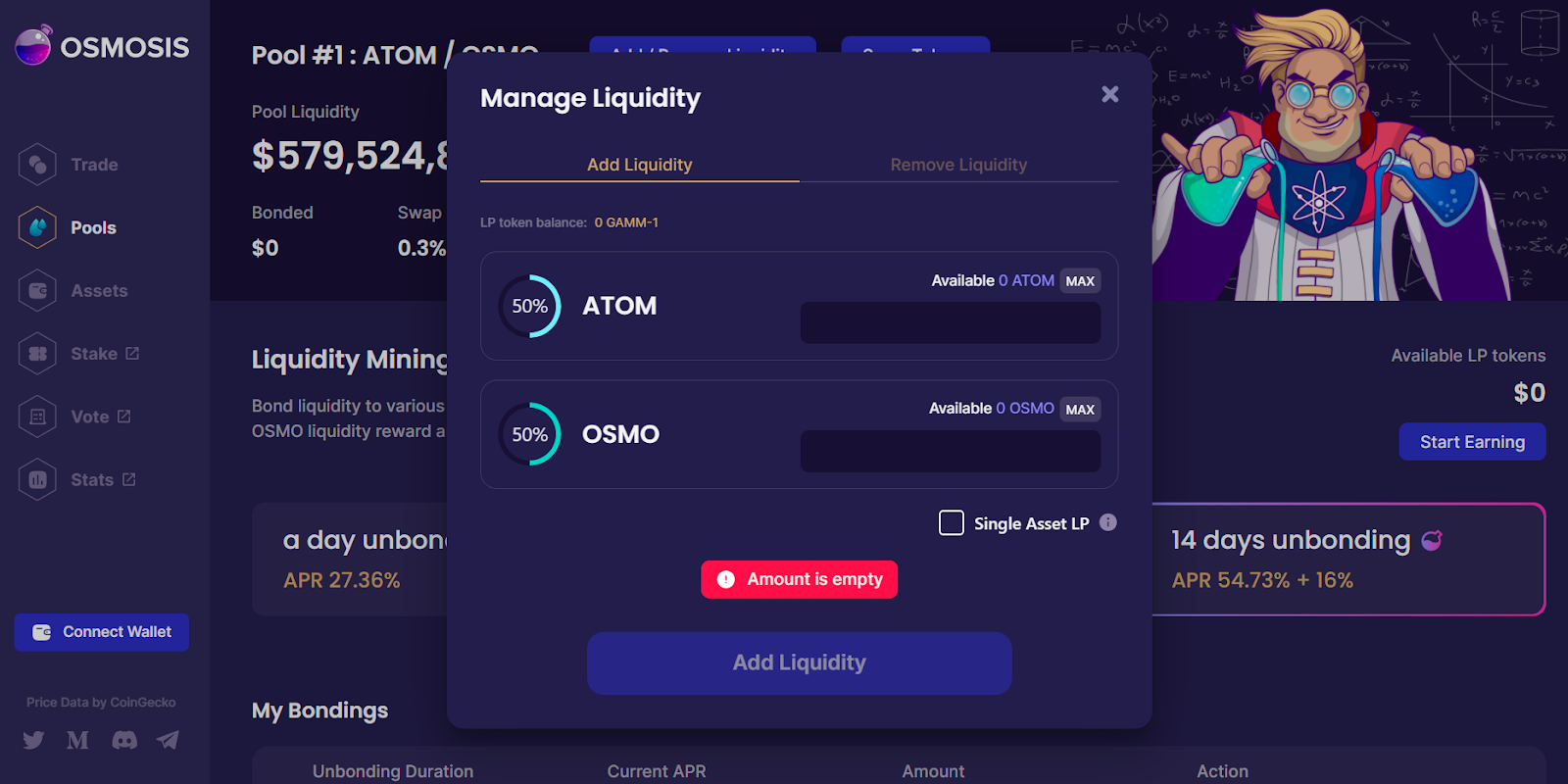
Moreover, the same familiarity is true when it comes to providing liquidity into these project’s liquidity pools. You select your pool of choice, input the amount of liquidity you want to supply, and then confirm the deposit through a Keplr pop-up.
Other Rising Cosmos Projects
- Akash (a peer-to-peer cloud computing marketplace)
- Evmos (an EVM-compatible Cosmos chain)
- Shade Protocol (privacy-preserving apps built with Secret Network)
- Sommelier Finance (a “co-processor” for Ethereum DeFi)
- Umee (a decentralized borrowing and lending market)
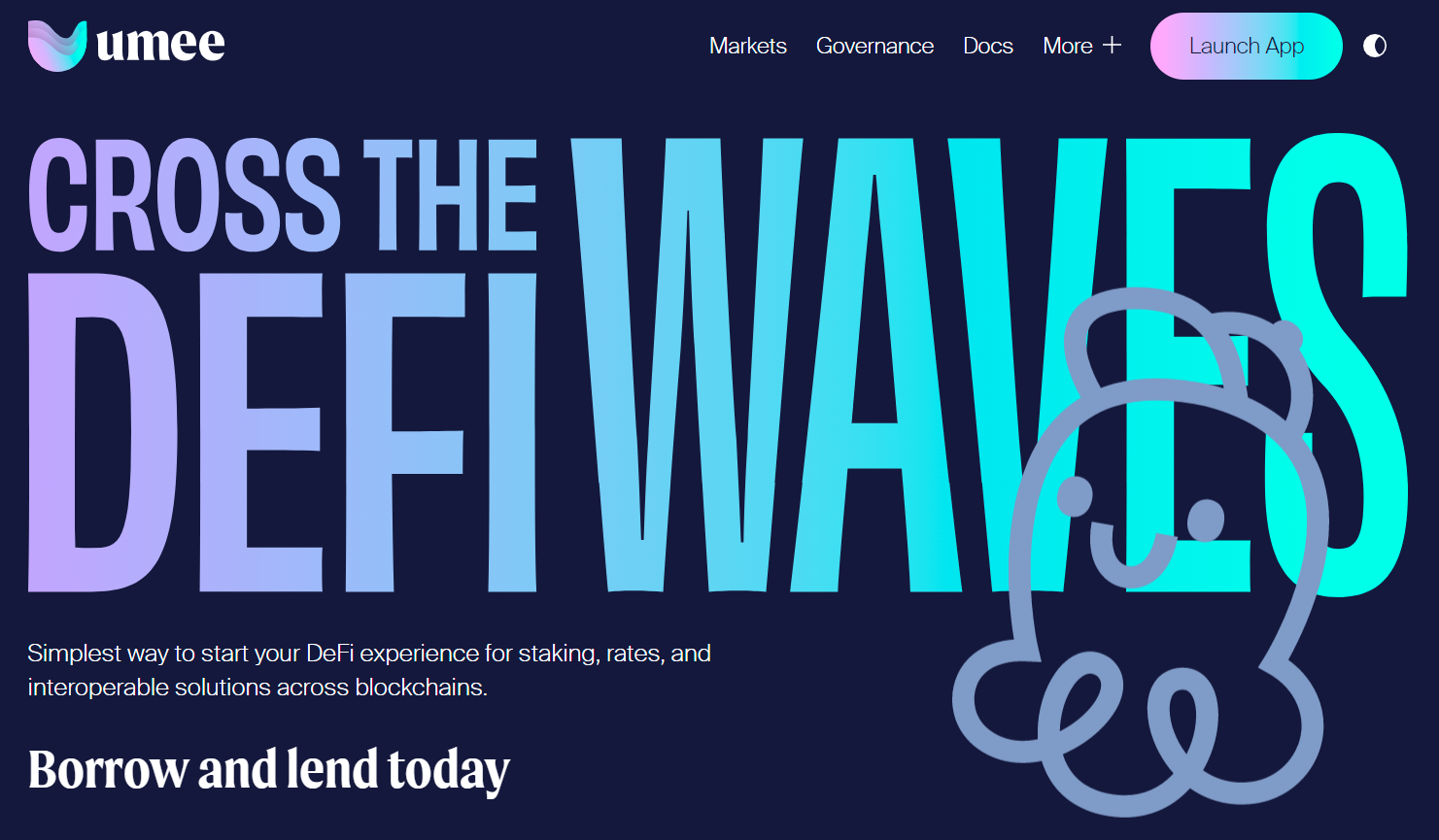
Looking ahead
Expect Cosmos network’s profile to rise further as innovations like the Gravity Bridge bring Ethereum tokens to Cosmos and vice versa.
Additionally, look for other L1s to start embracing Cosmo’s IBC protocol, e.g. NEAR Protocol.
It seems that, like Ethereum, Cosmos will also have some interesting L2 activity in its future too. One such effort to watch here is Cevmos, or Cosmos + Evmos + Celestia (a data availability solution), as the project is pointing the way to new sorts of L2 designs.
All things considered, the Cosmos ecosystem is still young but it’s growing fast, and it has promising technical prospects going forward.
Learning your way around this ecosystem today will prepare you and position you to make the most of the network’s coming of age. In the meantime, stay up to date on Cosmos-related happenings by following resources like Cosmos News by ZKV.
Action Steps
- 🌌 Explore the ecosystem of Cosmos projects
- 🔭 Create a Cosmos Hub wallet with Keplr
- 💫 Check out Emeris
- 🌠 Look out for Bankless’s write-up on Cosmos ecosystem tokens this week
- 💸 Read our last tactic 5 ways to earn more ETH if you missed it